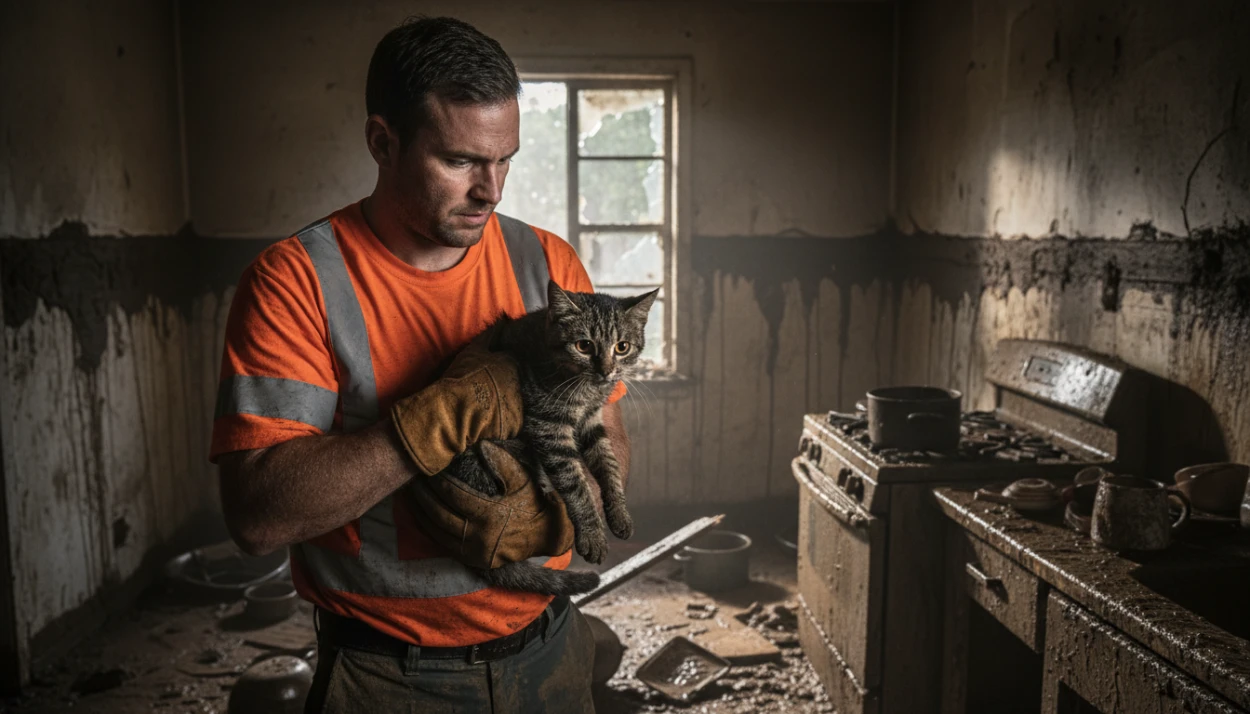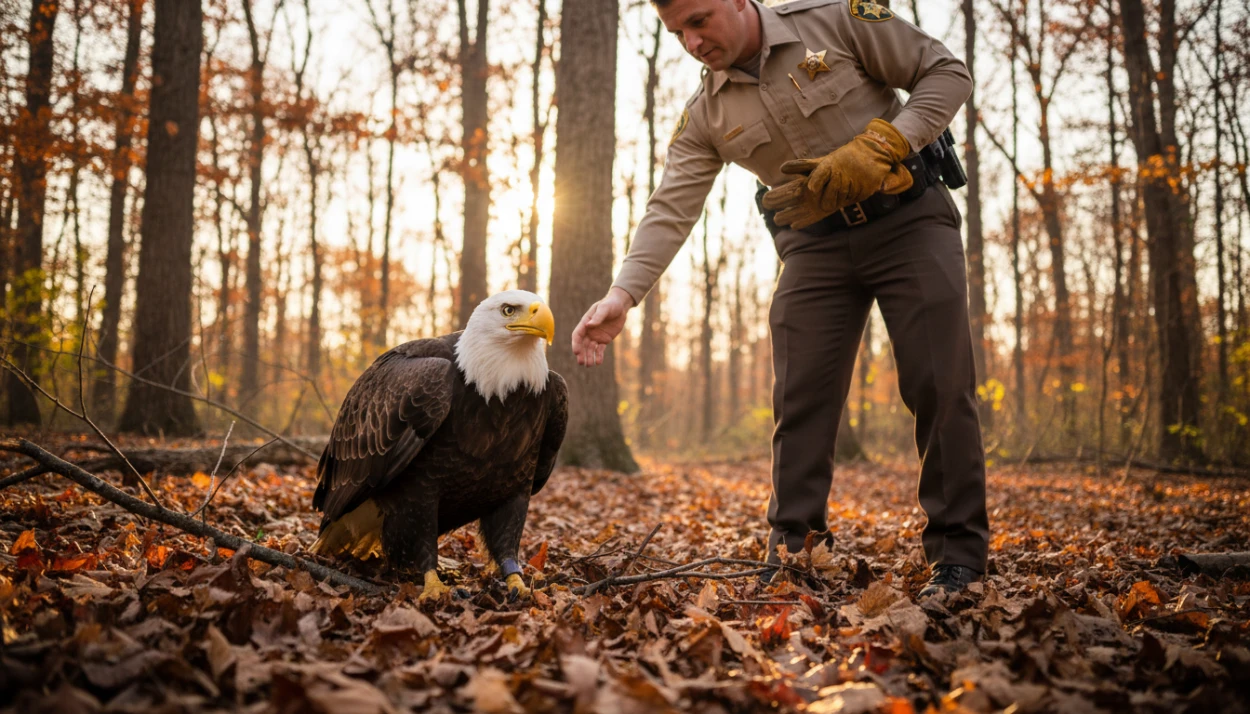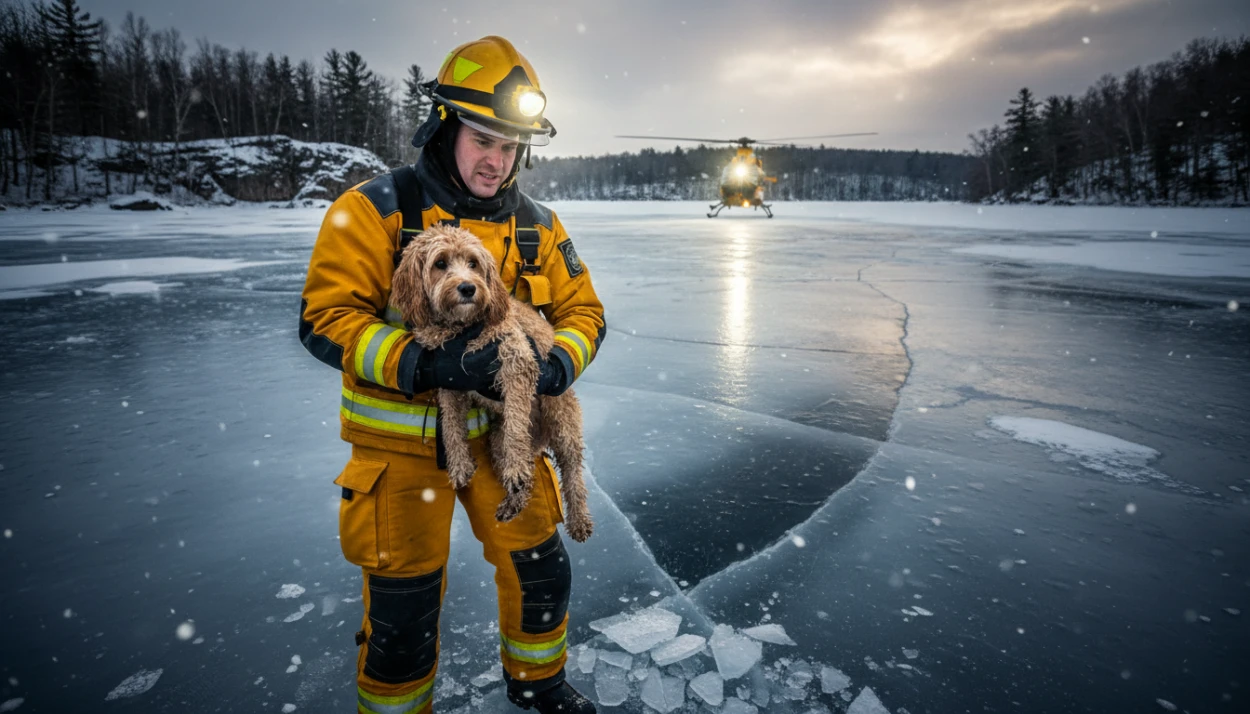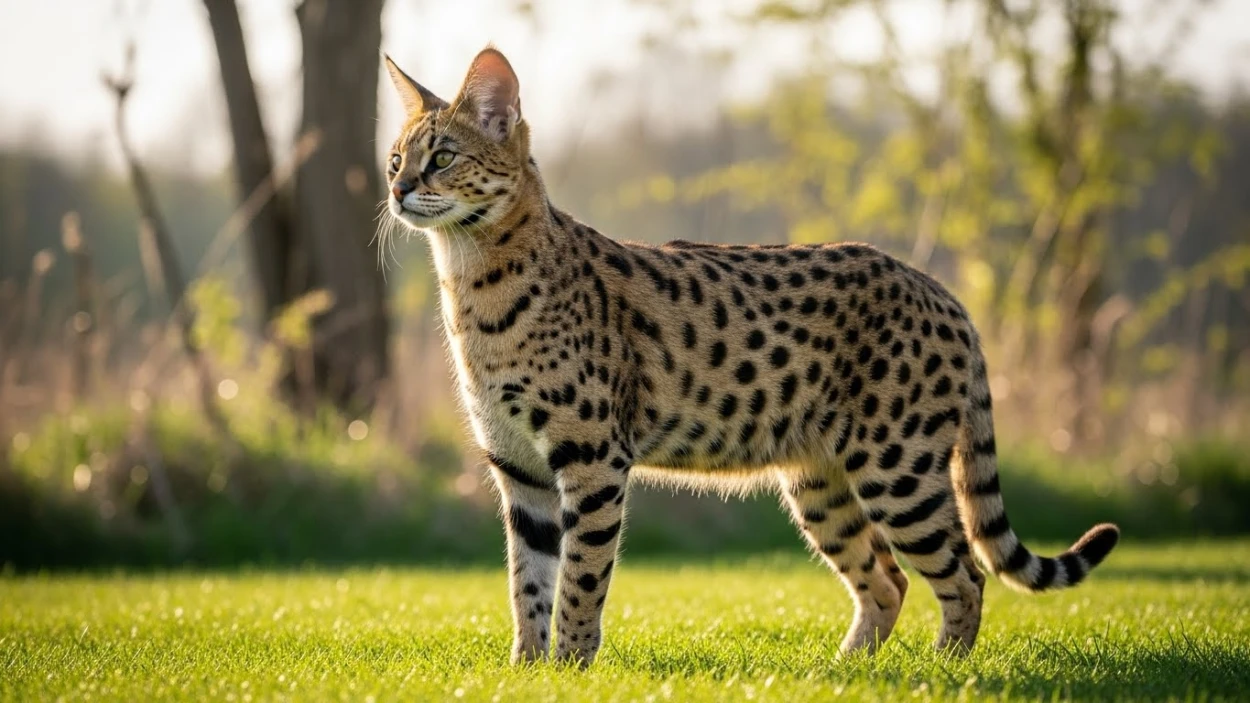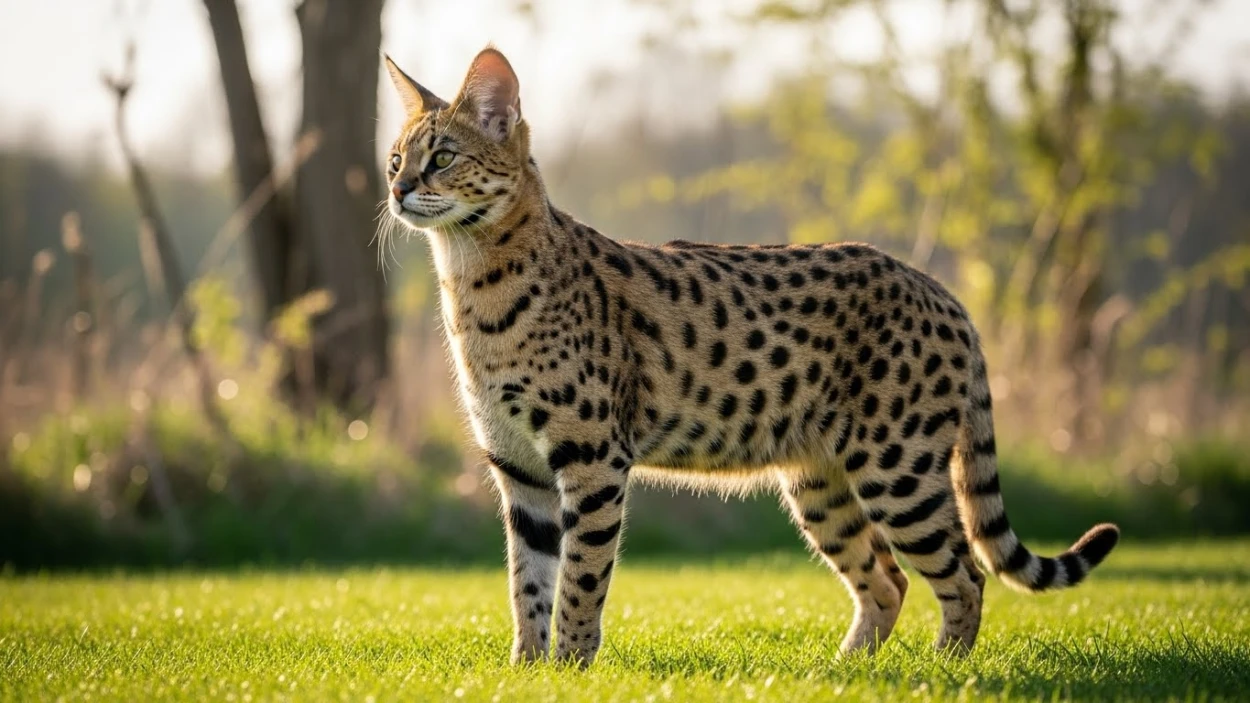Cats are fascinating creatures, and their behaviors often leave us intrigued and curious. One such behavior that cat owners may observe is "cat crouching." Understanding this behavior is essential for interpreting our feline friends' emotions and needs effectively. In this article, we will delve into the world of cat crouching, exploring the reasons behind it and what it means for your furry companion.
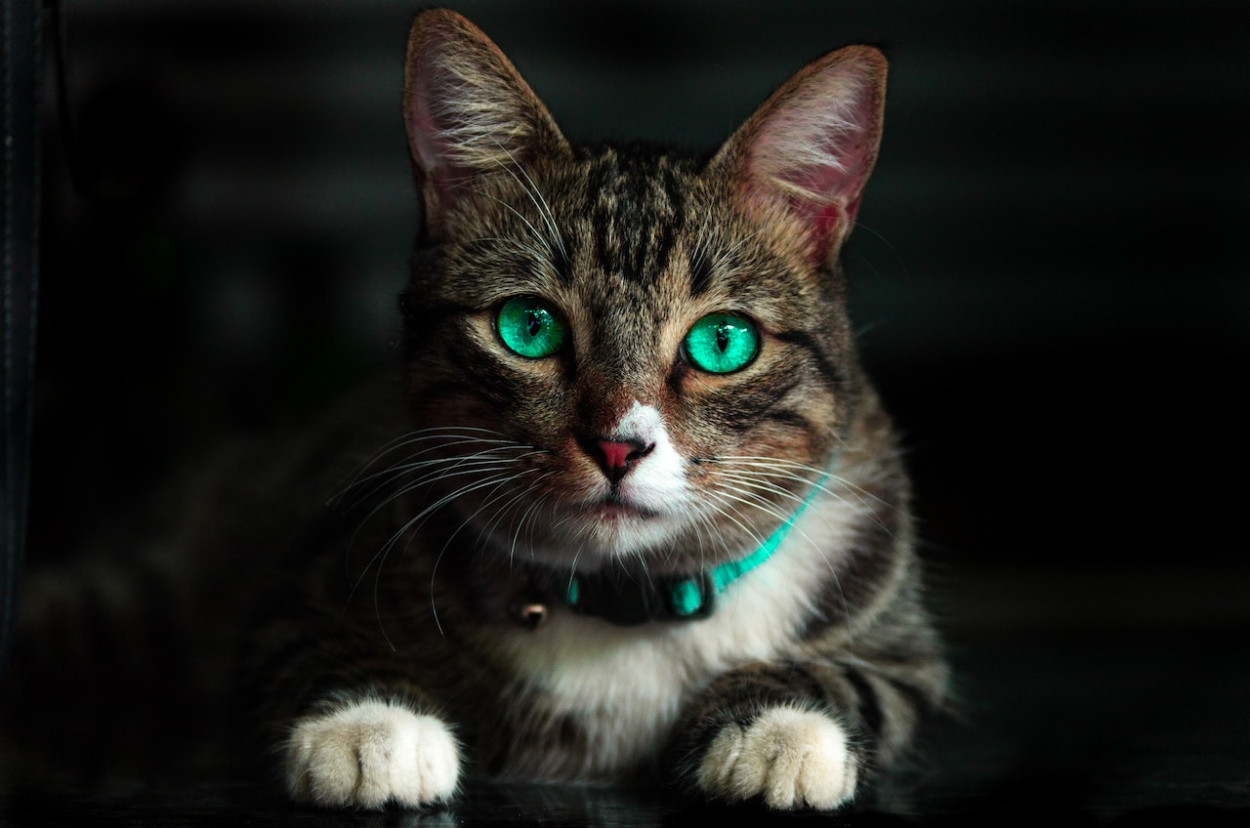
Understanding Cat Crouching
Cat crouching refers to a specific postured where a cat lowers its body, bending its legs beneath its torso. In this position, a cat's body is close to the ground, and its tail might be tucked in or wrapped around its body. While crouching, cats often keep their eyes focused on a target or an object of interest. This behavior is deeply ingrained in their nature and can be traced back to their wild ancestors.
Reasons for Cat Crouching
Instinctual Behavior:
Cat crouching is instinctual behavior inherited from their wild ancestors. In the wild, cats need to remain low to the ground to stalk and hunt prey effectively. Even though domesticated, this natural instinct persists.
Fear or Anxiety:
Cats may crouch when they feel scared or threatened. It is their way of trying to make themselves appear smaller and less noticeable to potential predators.
Preparing to Pounce or Hunt:
When cats are crouching with their eyes locked on a target, they are likely preparing to pounce or engage in hunting behavior. This stance allows them to be ready for action at any moment.
Communication:
Crouching can also be a form of communication between cats. It may signal submission or a non-threatening posture during social interactions.
Cats Crouching Instead of Sitting
It is essential to differentiate between crouching and sitting as these postures convey different messages from your cat.
When a cat sits, its legs are tucked neatly underneath its body, and it appears more relaxed and at ease. On the other hand, crouching is often a more focused and alert posture. Cats may choose to crouch instead of sitting for various reasons:
- They might be in an unfamiliar or potentially dangerous environment, and crouching helps them remain cautious.
- Your cat might be curious about something in its surroundings, prompting it to adopt a crouching stance to investigate further.
- Certain health issues or physical discomfort may deter your cat from sitting and lead it to crouch instead.
Unusual Cat Crouching Behavior
While cat crouching is a common and natural behavior, some instances may indicate underlying issues:
Medical Reasons:
If your cat suddenly starts crouching excessively or in an abnormal manner, it could be a sign of pain or discomfort. It's crucial to observe other symptoms and consult a veterinarian if necessary.
Behavioral Issues:
Cats may develop behavioral issues that manifest as unusual crouching behavior. Stress, anxiety, or changes in the household can all contribute to such behaviors.
Understanding these potential causes can help address any concerns about your cat's well-being promptly.
Cat's Locomotion: Getting Low to the Ground
Cats have mastered the art of moving stealthily, and getting low to the ground is an essential part of their stalking and hunting techniques. When a cat moves close to the ground, it minimizes its profile, making it less likely to be detected by its prey. This creeping movement is a perfect example of how cats adapt their behavior to their hunting instincts.
However, if you notice your cat moving low to the ground without any apparent purpose or when not engaged in play or hunting, it might indicate discomfort or pain. In such cases, consulting with a veterinarian is advisable to rule out any medical issues.
Cat Crouching and Heat
Cats experience periods of reproductive activity known as "heat" or estrus cycles. During this time, female cats release pheromones to attract potential mates. Crouching is one of the behaviors commonly associated with this phase. It's a way for female cats to communicate their availability and receptiveness to male cats.
Cat Crouching and Temperature
Cats are sensitive to temperature changes, and their bodies react accordingly. If the environment is colder than they find comfortable, cats may crouch to conserve body heat. This posture allows them to minimize their body's surface area, reducing heat loss.
The Cat's Body Language: Lifting Their Bums
Cats may exhibit a peculiar behavior of lifting their bums when you pet them. This action is an instinctive response to being touched in a sensitive area, where they feel vulnerable. It's essential to respect your cat's boundaries and observe their body language to ensure they feel safe and comfortable during interactions.
Interpreting Cat Loaf Position
The cat loaf position is when a cat sits with all four paws tucked under its body. It resembles a loaf of bread, hence the name. Cats may assume this posture when they feel relaxed and content. It is a common position for cats during naps or moments of rest.
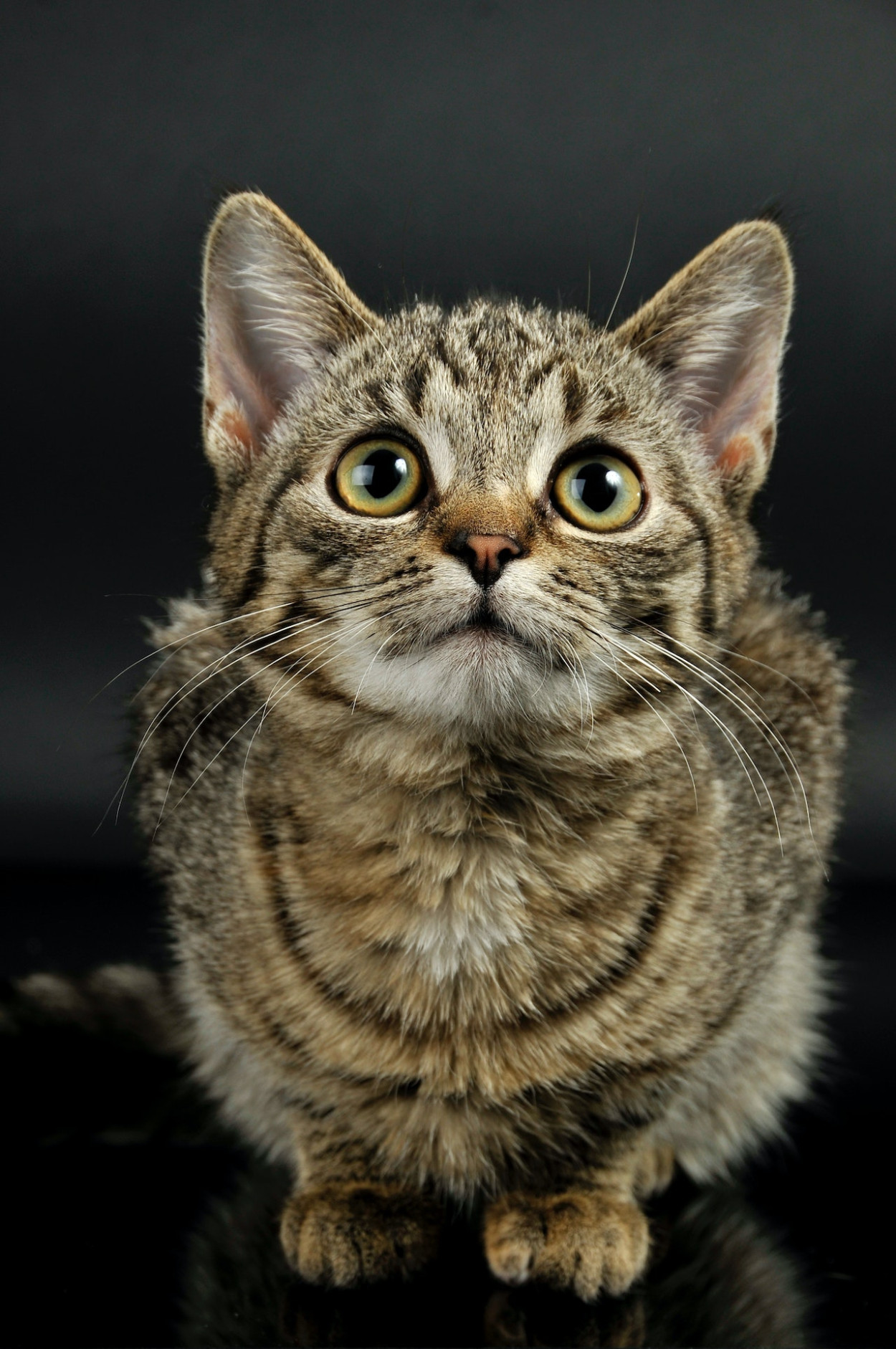
How to Respond to Cat Crouching
To ensure your cat's well-being and happiness, consider the following tips:
Observe and Learn:
Pay attention to your cat's body language and behavior. This will help you understand their emotions and needs better.
Create a Safe Environment:
Provide your cat with a safe and comfortable space where they can retreat and feel secure when they need to.
Regular Veterinary Checkups:
Regular Veterinary Checkups: Regular checkups with a veterinarian are crucial for maintaining your cat's health. If you notice any unusual crouching behavior or changes in your cat's movements, it's essential to schedule a vet appointment. Early detection of medical issues can lead to timely treatment and better outcomes.
Provide Enrichment:
Cats are intelligent and curious animals, and they need mental and physical stimulation to thrive. Offer interactive toys, scratching posts, and puzzle feeders to keep your cat engaged and mentally stimulated.
Reduce Stressors:
Minimize sources of stress in your cat's environment. Cats can be sensitive to changes, so try to maintain a consistent routine and provide hiding spots or elevated perches where they can retreat if needed.
Avoid Punishment:
Never punish your cat for crouching or any other behavior. Punishment can lead to fear and anxiety, making the behavior worse. Instead, use positive reinforcement and rewards to encourage desirable behaviors.
Seek Professional Help:
If you're unsure about your cat's behavior or are experiencing difficulties in addressing certain issues, don't hesitate to consult a professional animal behaviorist. They can provide valuable insights and tailored solutions.
Frequently Asked Questions (FAQs)
What does it mean when a cat crouches?
When a cat crouches, it is often an instinctual behavior stemming from their wild ancestors. It can indicate various emotions, such as curiosity, readiness to pounce, or fear.
Why is my cat crouching instead of sitting?
Cats may crouch instead of sitting due to perceived threats or discomfort. Crouching allows them to stay alert and ready to react to potential dangers.
Why is my cat crouching weird?
If your cat's crouching behavior seems unusual or excessive, it could be a sign of underlying health or behavioral issues. Observing other signs and consulting a veterinarian is advisable in such cases.
Why do cats get low to the ground?
Cats get low to the ground as part of their natural stalking and hunting behavior. It helps them approach prey stealthily and minimizes their visibility.
Why is my cat walking slow and low to the ground?
Slow walking and staying low to the ground could be an indication of fear or pain. If you notice this behavior, monitor your cat closely and seek veterinary advice if needed.
Why do cats crouch when in heat?
Crouching is a behavior commonly associated with female cats in heat. It can be a way to signal their receptiveness to potential mates.
Do cats crouch when cold?
Yes, cats may crouch to conserve body heat when they feel cold. This position helps them minimize exposure to the colder environment.
Why do cats lift their bums when you pet them?
Cats lift their bums when being petted as a response to sensitive touch. It's a sign that they feel vulnerable in that area and is a natural self-protective reflex.
What does the cat loaf position mean?
The cat loaf position is a relaxed and content posture. Cats often assume this position during naps or moments of rest when they feel safe and comfortable.
Conclusion
Cat crouching is a fascinating behavior that offers valuable insights into our feline companions' emotions and needs. Understanding the reasons behind this behavior, such as instincts, communication, or fear, can help us create a supportive and enriching environment for our beloved cats. By observing their body language and providing appropriate care, we can ensure they lead happy and fulfilled lives. Remember, if you ever have concerns about your cat's behavior or health, consulting a veterinarian or animal behaviorist is always a wise decision.





